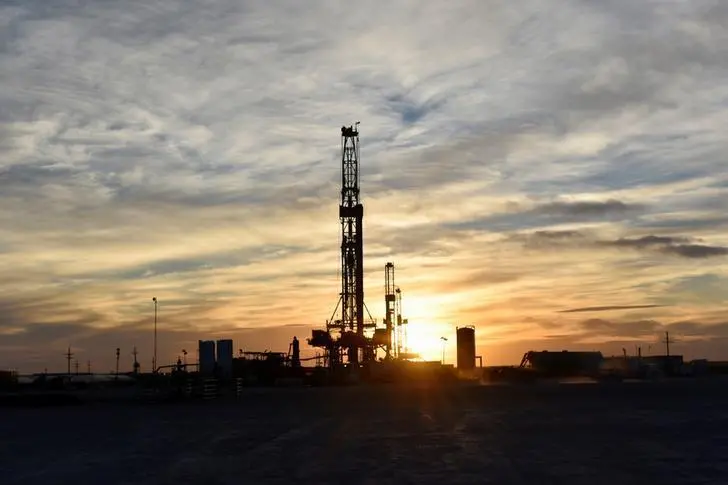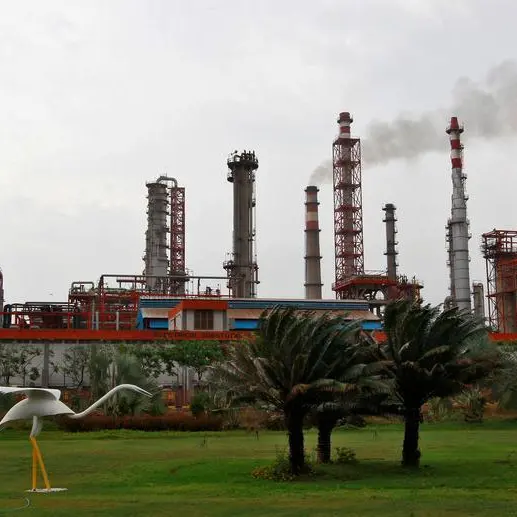PHOTO
U.S. natural gas futures rose about 2% to a two-week high on Thursday with daily output on track to decline for a third day in a row and forecasts for more demand over the next two weeks than previously expected.
That price increase also came ahead of a federal report expected to show utilities added less gas to storage than usual last week, because power generators continued to burn lots of the fuel to keep air conditioners humming during a heat wave that has lingered over much of the country this summer. That smaller than expected storage build came despite the ongoing outage at the Freeport liquefied natural gas (LNG) export plant in Texas, which has left more gas in the United States for utilities to inject into stockpiles for next winter.
Analysts forecast U.S. utilities added 39 billion cubic feet (bcf) of gas to storage during the week ended Aug. 5. That compares with an increase of 44 bcf in the same week last year and a five-year (2017-2021) average increase of 45 bcf. If correct, last week's increase would boost stockpiles to 2.496 trillion cubic feet (tcf), or 12.1% below the five-year average of 2.839 tcf for this time of the year.
Freeport LNG, the second-biggest U.S. LNG export plant, was consuming about 2 billion cubic feet per day (bcfd) of gas before it shut on June 8. Freeport expects the plant to return to at least partial service in early October. Freeport LNG retracted the force majeure it initially declared after the explosion in June, a development that could cost its buyers billions of dollars in losses.
Front-month gas futures rose 19.3 cents, or 2.4%, to $8.395 per million British thermal units (mmBtu) by 7:56 a.m. EDT (1156 GMT), putting the contract on track for its highest close since July 27. So far this year the front-month is up about 125%, as much higher prices in Europe and Asia keep demand for U.S. LNG exports strong.
Global prices have soared this year as several countries cut their use of Russian energy after Moscow invaded Ukraine on Feb. 24. Gas was trading around $64 per mmBtu in Europe and $45 in Asia.
The United States became the world's top LNG exporter during the first half of 2022. But no matter how high global gas prices rise, the United States cannot export more LNG because the country's plants were already operating at full capacity.
Russian gas exports via the three main lines into Germany - Nord Stream 1 (Russia-Germany), Yamal (Russia-Belarus-Poland-Germany) and the Russia-Ukraine-Slovakia-Czech Republic-Germany route - held around 2.5 bcfd on Wednesday, the same as Tuesday. That compares with an average of 2.8 bcfd in July and 10.4 bcfd in August 2021.
TOP PRODUCER
Data provider Refinitiv said average gas output in the U.S. Lower 48 states rose to 97.6 bcfd so far in August from a record 96.7 bcfd in July.
On a daily basis, however, output was on track to drop by 2.7 bcfd over the past few days from a record 98.3 bcfd on Monday to a preliminary near one-month low of 95.6 bcfd on Thursday.
Preliminary data is often revised. With less hot weather expected, Refinitiv projected average U.S. gas demand, including exports, would fall from 101.9 bcfd this week to 97.7 bcfd next week. Those forecast were higher than Refinitiv's outlook on Wednesday.
The average amount of gas flowing to U.S. LNG export plants held at 10.9 bcfd so far in August, the same as July. That compares with a monthly record of 12.9 bcfd in March. The seven big U.S. export plants can turn about 13.8 bcfd of gas into LNG.
(Reporting by Scott DiSavino; Editing by David Holmes)












